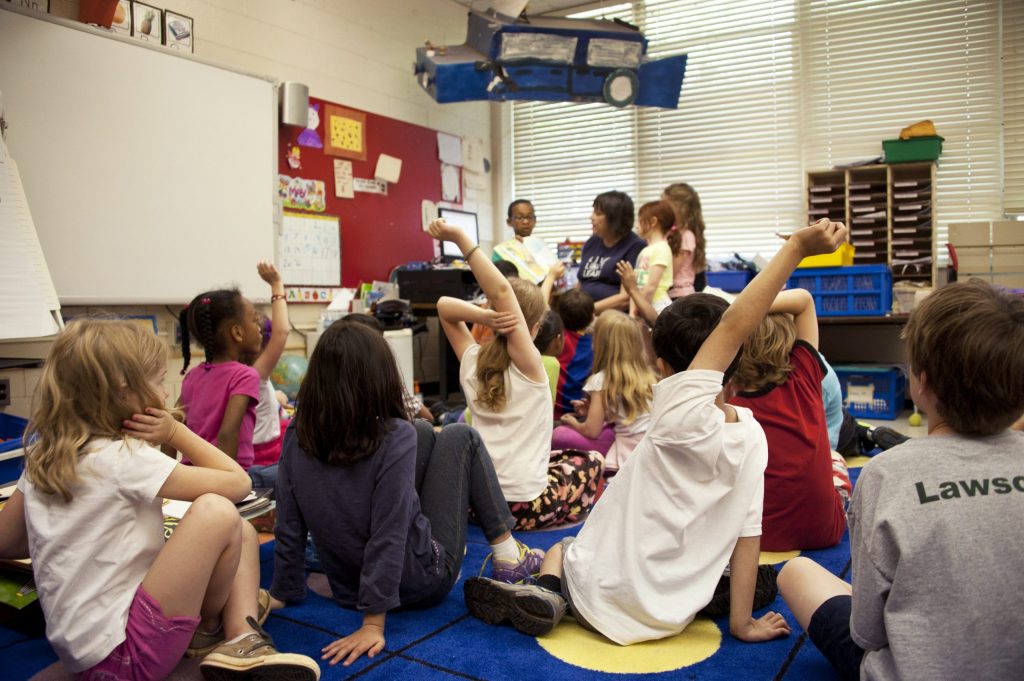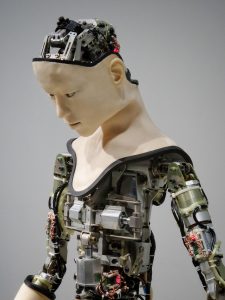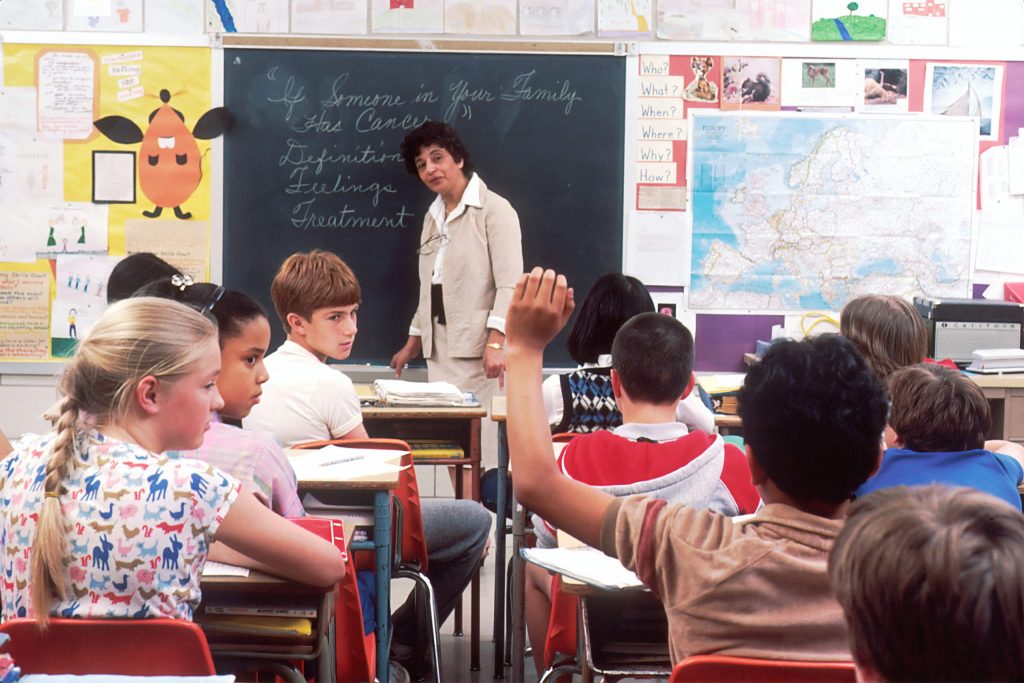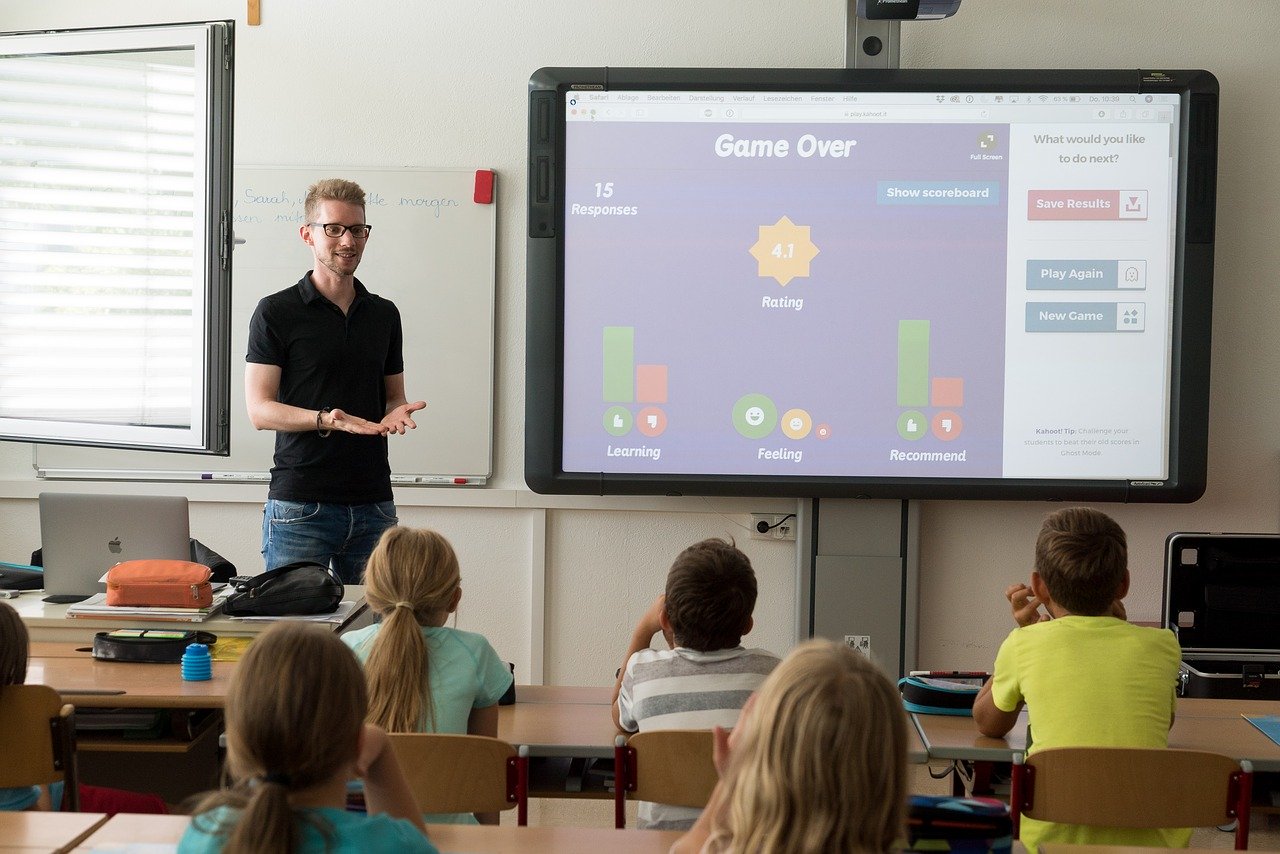Education Automation Saving Time Classroom to Increase Personal Learning

It’s the toughest job in the world. Because when you’re a teacher, you’re not just showing kids how to read, how to add and subtract, or how to understand photosynthesis or the laws of thermodynamics.
No; when you’re a teacher, you’re building the future. And that means that 20 or more little people are looking to you to help them construct their tomorrows. And each of them has their own unique strengths, their own particular goals, their own idiosyncratic challenges.
Let’s face it: in an increasingly competitive academic environment, and an even more cut-throat professional world beyond it, teachers need all the help they can get in preparing students to go boldly and successfully into their futures. And now more than ever, technology is answering that call.
Automation Streamlining the Teaching Process
One of the things you don’t think much about unless you’re teaching is how much administrative work is actually involved. And that extends far beyond the expectation of grading assignments or writing out lesson plans.
There’s everything from submitting requisitions for course materials to developing progress updates for students’ academic files to updating course syllabi and grading rubrics. Even if your district doesn’t provide them, there are plenty of tools available that can help you go digital whenever possible to reduce the amount of paper used in the classroom. Create tests and quizzes in fillable PDF form so students can see their results in real-time. Store curricula in project management software. Instead of making a paper hard copy of every document that needs to be used and shared, you can have one digital file that can be sent and retrieved with a click of a button or swipe of a screen.
AI and Student-Centered Learning
Both automated technologies and those designed to use artificial intelligence (AI) are increasingly being used to streamline the processes and make them both more efficient and more accurate.
AI can even facilitate student assessment, such as scoring multiple-choice assignments in a fraction of the time it would take a teacher to do it. This can provide teachers with an instant snapshot of each student’s progress. Teachers can then take that information and modify their teaching strategies to the needs of individual students or to the class as a whole when necessary.
Heart to Heart
When it comes to education technology, though, we’re by no means talking about a teacherless classroom. No technology can take the place of a human teacher in a student’s life, at least not until we teach a robot to grow a human heart and spirit.

What education technologies can do, however, is get rid of some of the grunt work of teaching and allow more time for student-to-teacher interaction. Best of all, though, automation and AI give teachers the tools they need to truly customize individual student learning.
The best example, perhaps, is the vast and growing library of education technologies that allow students to engage with course content in a highly interactive and richly immersive form Many of these technologies are based on AI platforms that allow the computer to use machine learning to evaluate and respond to the individual student’s needs in real-time. As the student “plays,” the technology continuously monitors the student’s performance and adjusts the difficulty level to students’ needs and proficiency, selecting the “best” options to facilitate the student’s content mastery.
That means that the educational AI might do anything on this “gaming” from developing questions and task challenges customized to the student’s level of proficiency to devising new gameplay scenarios, based on the computer’s assessment of the student’s needs. In other words, much like a human teacher, the machine “learns” the student’s individual strengths and weaknesses, their particular learning style and interests, and immediately adapts its “teaching approach accordingly.
This is individualized, responsive teaching at its very best. Unlike print materials and other traditional collaterals, automation and AI allow content to be adapted to students’ needs. For example, if a student is a second-language learner, the primary language of game-play can be adjusted with a simple press of a button.
Likewise, if the student has a particular learning or neurological challenge, such as ADHD, educational games have been designed specifically to address these needs. And studies show that they can produce demonstrable and significant changes in the structures and the function of the brain.
Automation, AI, and STEM
In the era of STEM, today’s classroom technologies not only encourage students to dream, create, and innovate. Rather, with these tools, students can bring to fruition in the virtual world what they had conjured in their mind’s eye.
And that capacity to dream and then to construct the dream is precisely how scientific and technological discovery begins. NASA scientist and STEM Education Advisor for the Obama administration, Leland Melvin, argues that the United States’ future on Mars tomorrow will be the direct outcome of the introduction of robotics, virtual and augmented reality, and automation and AI in the classrooms of America today.
The Takeaway

No question about it: Teaching is the best, hardest, and most important job in the world. And there is no amount of technological advancement that can ever replace the student-teacher relationship. That’s because teaching is about far more than imparting facts or developing students’ skills. It’s about connecting with students’ hearts and spirits, as well as their minds.
It’s about helping to grow not just intelligent people, but good ones. And education technology frees teachers to spend more personal time with students in order to do exactly that. Best of all, automation and AI give teachers greater power and opportunity to customize their teaching processes.
The introduction of gaming technologies, robotics, and VR and augmented reality allows teachers to harness the power of tech to support students in overcoming individual learning challenges, even as they discover and develop their unique strengths and goals.









